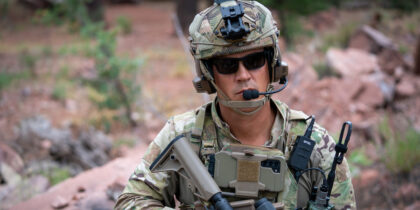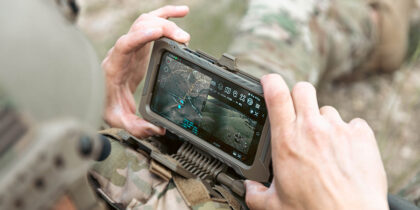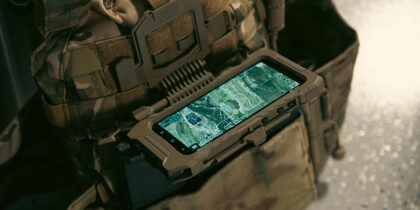Part of U.S. Air Force and Special Operations Command’s charge is conducting tactical and operational level missions. A key focus for the agency is figuring out how to take those combat capabilities and make them mobile, says Todd Wieser, CTO, Special Operations Command, U.S. Air Force.
Wieser recently spoke with FedScoop TV’s Wyatt Kash about why he thinks mobile is the future in the latest installment of the Accelerating Innovation in Government video series.
The key to enabling more mobile productivity and security at the mission edge, according to Wieser, is building greater capacity to do multiple integrations with different systems. Part of the strategy is getting in early with engineering and working with program offices to bake security in from the start at the data level. That way, if there’s a compromise on the tactical battlefield, devices and data can’t be exploited.
Digitize Your Government Agency
Get this guide to drive collaboration, boost productivity and ensure security in the public sector. Download Now
Separately, U.S. Air Force is also getting their feet wet in virtual reality (VR) training for mobile users and in unit operations centers. In particular, the organization is looking to leverage their enterprise training system and create new content over the next 12-18 months to raise capabilities to the next level.
Beyond training, Wieser is looking to incorporate more commercial technologies in aircraft. For example, U.S. Air Force is looking at using machine learning and AI to help mission leaders speed aircraft and asset decisions so warfighters can be more effective and agile on the battlefield.
Watch the video to learn more about how U.S. Air Force is harnessing the power of mobile. Stay tuned to Samsung Insights’ federal government coverage for additional videos from the series in the coming weeks.







